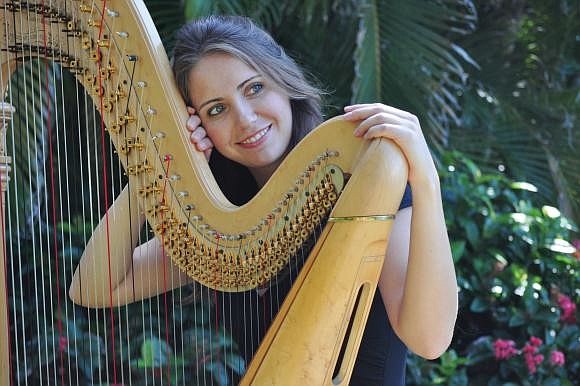- April 25, 2024
-
-
Loading

Loading

What is there anyone could possibly say about the famous Fifth Symphony of Beethoven that’s not been said before? Why bother introducing this warhorse of a work when even those who’ve never darkened the doorway of a concert hall recognize the legendary opening four notes? That’s what went through my mind as guest conductor Philip Mann walked out on the stage of the Van Wezel, with a microphone in his hand, to start the second half of the Sarasota Orchestra’s final Masterworks concert of the season this past weekend.
But, I was pleasantly surprised, not only by what he said, but the way he said it. Referring to the history-changing nature of Beethoven’s Symphony No. 5, Mann said, “Who could have known that one brick would build a whole cathedral.”
Mann’s program opened and closed with Beethoven, making it popular with the sold-out audiences before the orchestra played one note. His readings of the Egmont Overture and the Fifth Symphony were done without the use of a score and, although many parts of both works sounded oddly phrased and articulated (possibly because the conductor was using a different edition from the one we usually hear), he elicited beautiful, rich sounds from the orchestra without over-conducting. Although the orchestra gave Mann everything he wanted, the thing that bothered me about some of his musical ideas was his fairly consistent lack of architectural structure and breadth of phrasing. Perhaps his enthusiasm, which was contagious and which the audience as well as the players happily caught, led him to barrel through phrases without singing them and, often, without those all-important silences that add maturity to a conductor’s insights.
For me, the highlight of the evening was the Harp Concerto by the 20th century Argentinian composer Alberto Ginastera. Scored for a chamber orchestra (compared with the Beethoven pieces) with so many percussion instruments it was hard to count them, this is a fascinatingly colorful work filled with sound sensations that kept our ears and eyes riveted to the stage.
Cheryl Losey, principal harpist of the Sarasota Orchestra, lived up to the reputation of physical beauty often associated with harpists, but she was no angel in this piece. Swiping, stabbing, slapping and strumming her Salzedo Concert Grand harp, she turned this customarily beatific instrument into a percussive vehicle that spoke in myriad languages and colors. This was an incredibly virtuosic performance given by a virtuoso of the harp, with great musical support from her aptly admiring colleagues.
Ginastera was obviously in the company of many of the 20th century’s great composers, including Copland, Bernstein, Barber and Britten. In fact, there were a couple of chords that sounded so much like Britten’s “Ceremony of Carols,” I instinctively took a breath to sing my entrance.
It’s a wonderfully expansive work — syncopated, melodic, percussive and visceral — and Losey lost herself in its brilliance, eliciting a dazzling performance with hands harvesting amazing sounds from the strings and feet deftly flooring the pedals. (She may need a vat of hand cream to sooth her shredded fingers after that workout.)
Virtuosity isn’t everything, and Losey, Mann and the orchestra paid close attention to the radiance Ginastera brought to this harp concerto. It’s a work that deserves to be heard more often if, and when, a soloist of Losey’s caliber can be found.